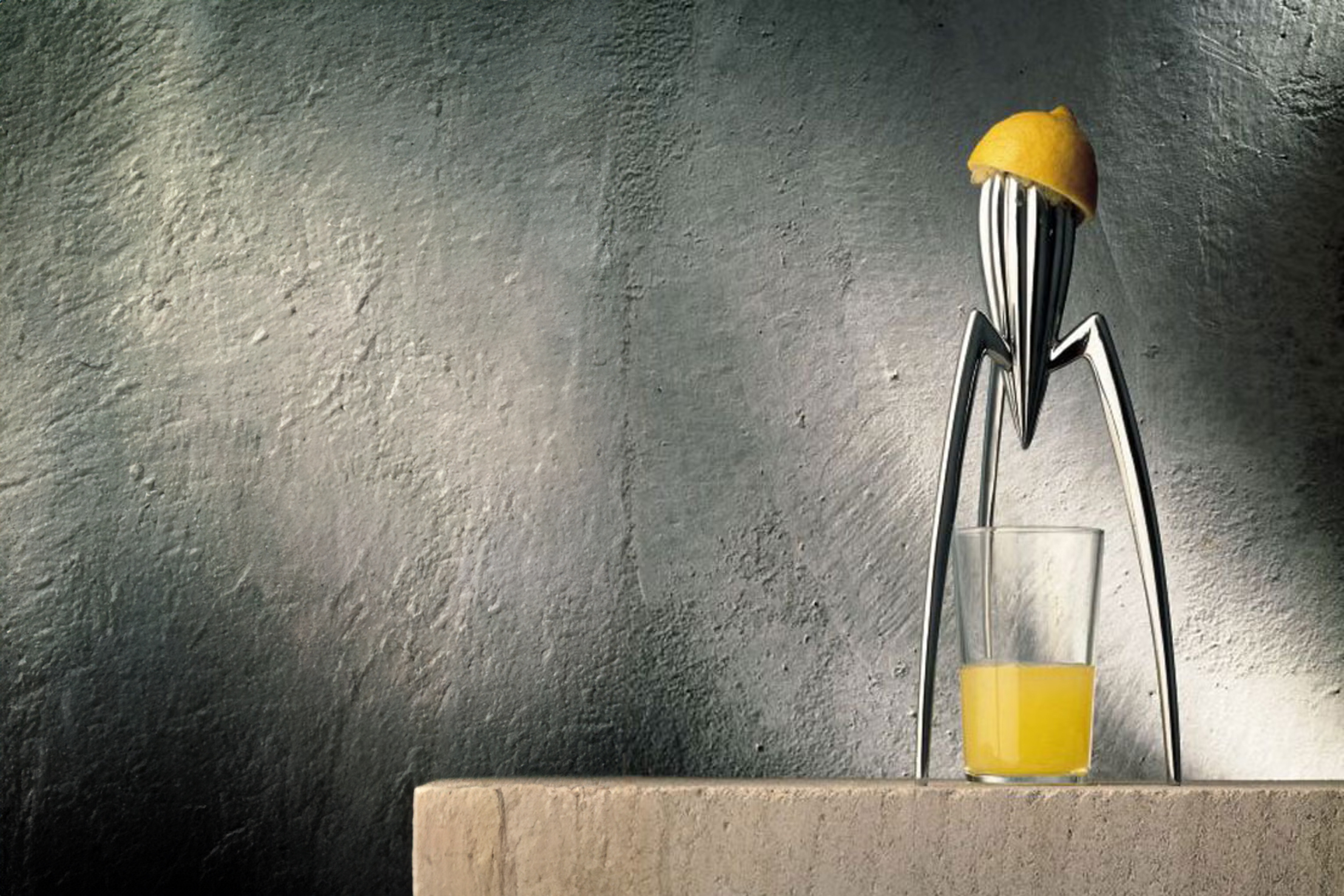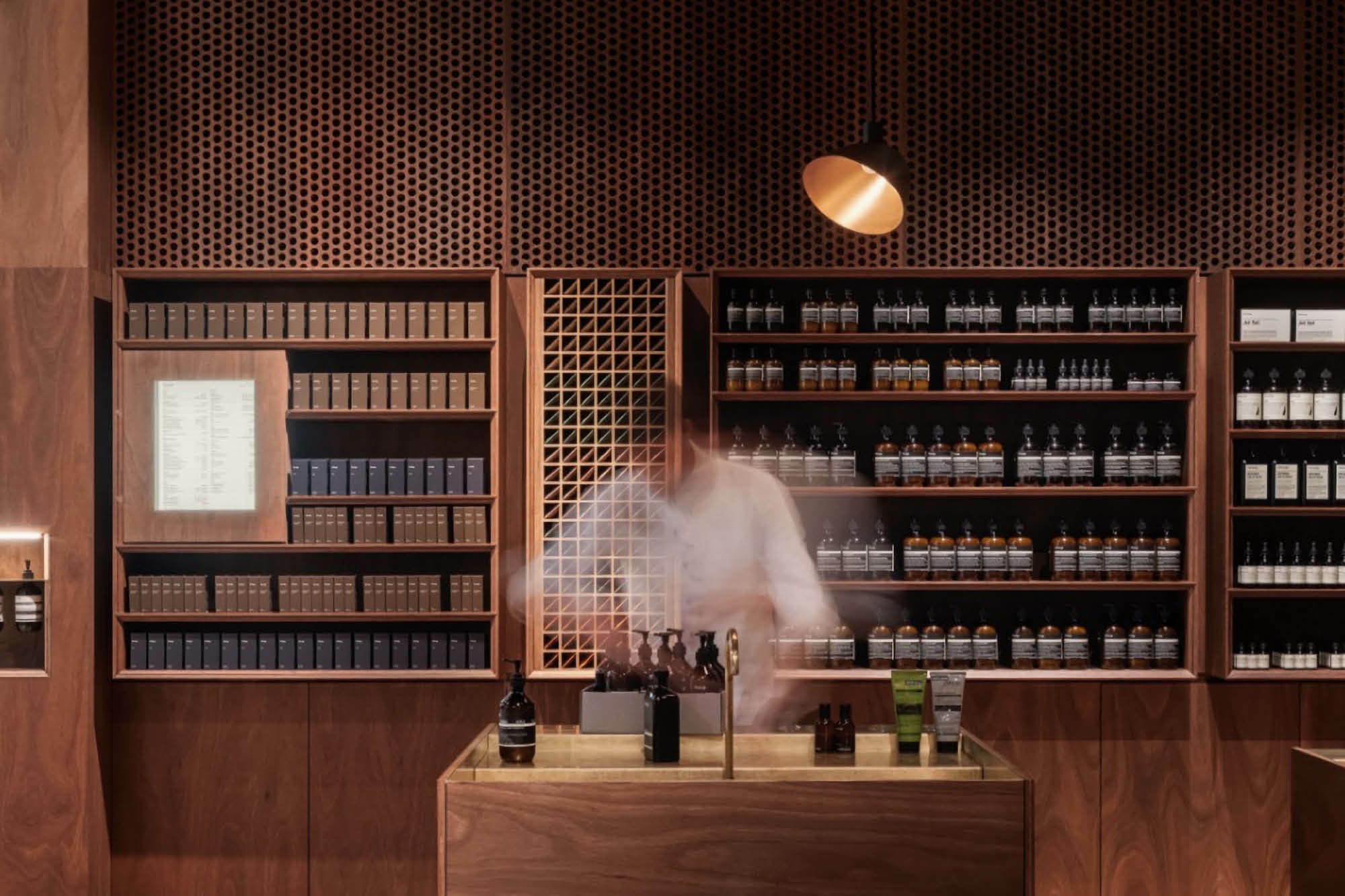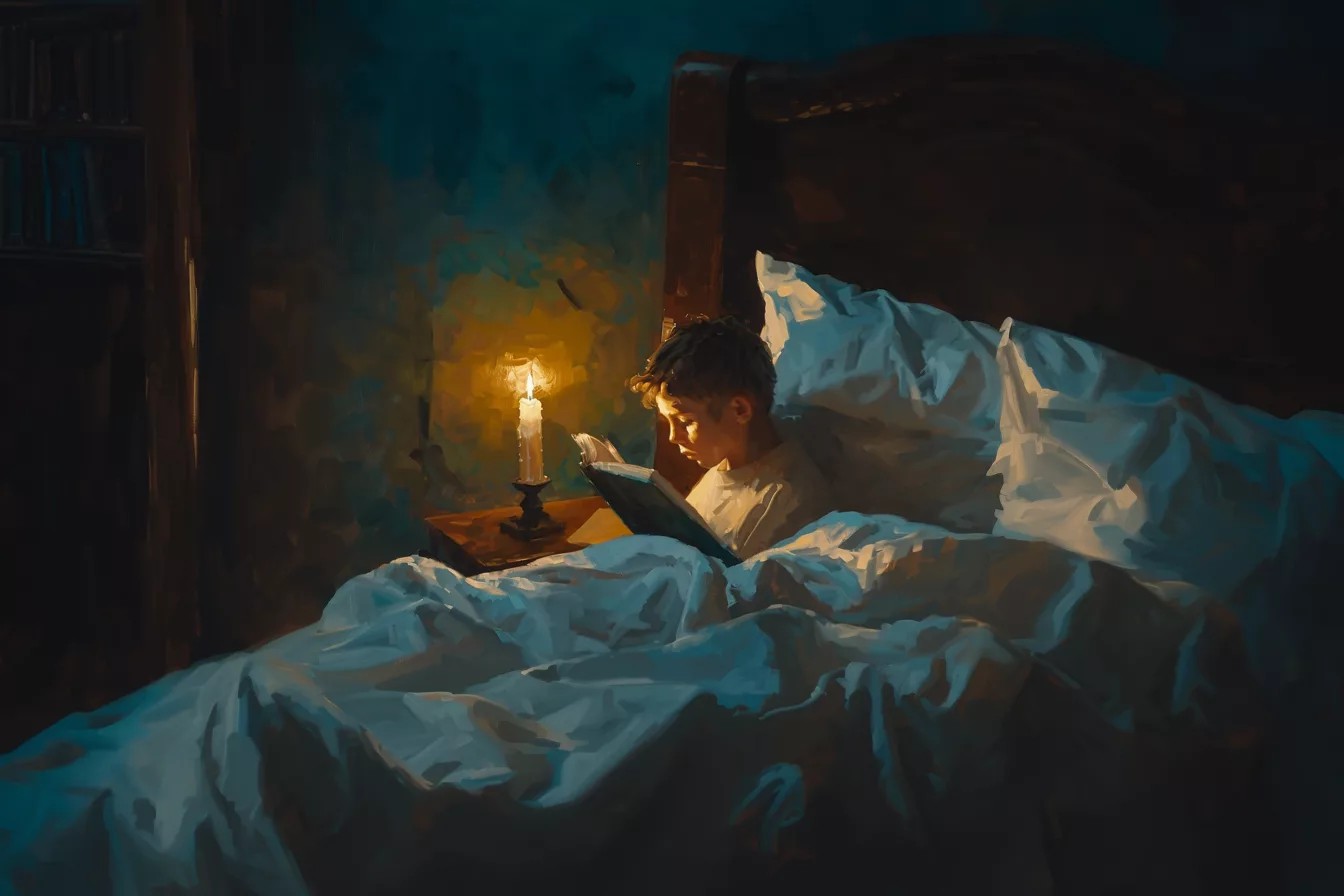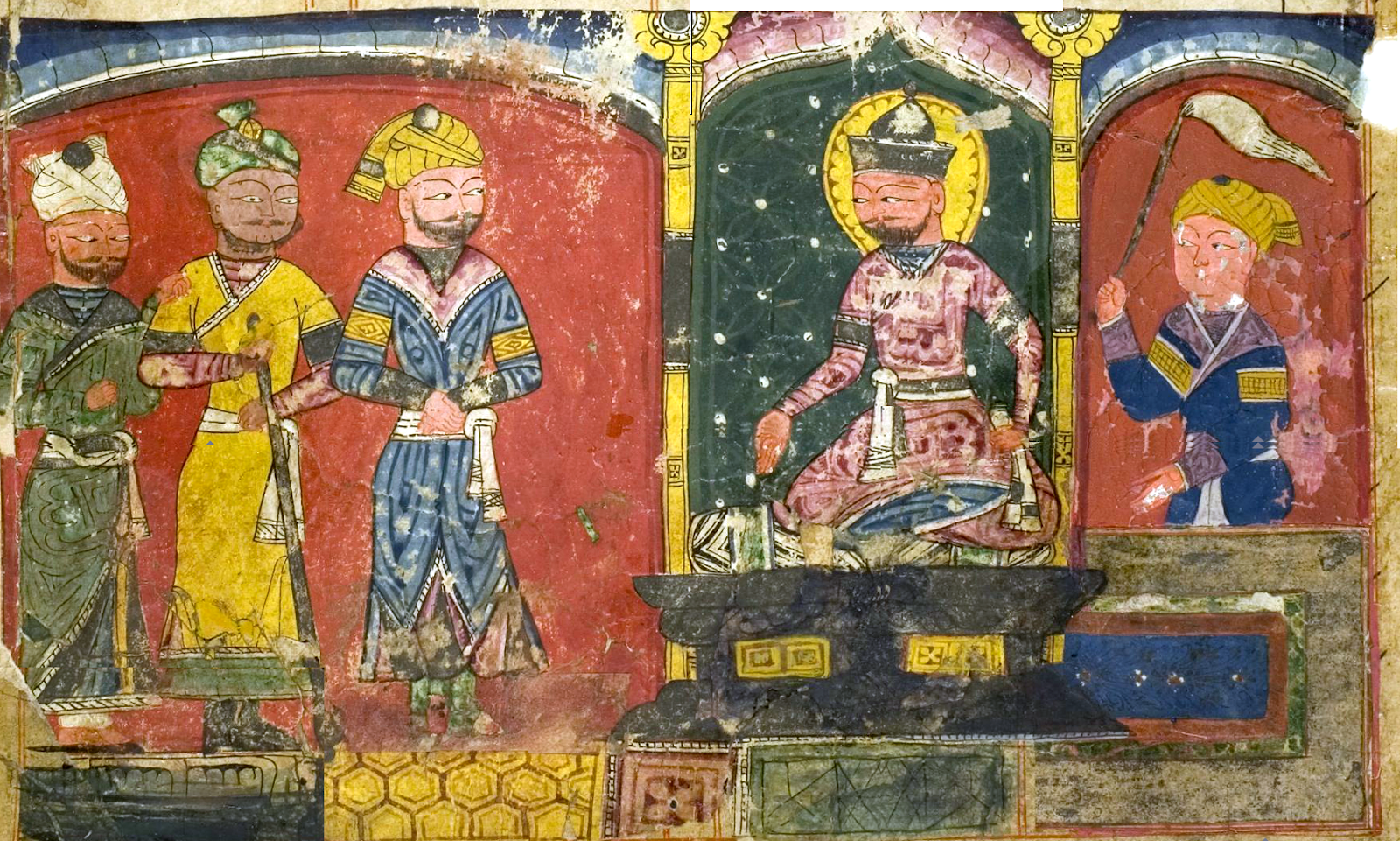
I have always loved the word serendipity, coined by the British writer Horace Walpole in 1754 when he discovered the Persian fairytale ‘The Three Princes of Serendip’. The word means fortunate happenstance or pleasant surprise, for the heroes in the story were always making discoveries by accident and sagacity of things they were not in quest of.
Bringing serendipitous moments to your brand
The world is becoming a great blended smoothie, so often removing all nuance and character instead of delivering an exciting cocktail of individual provenance. The incessant pursuit of minimalism is often at the sacrifice of any charm or quirkiness, but if you squeeze the lemon too much, you will end up with nothing. Brands are currently obsessed with making everything simple, taking people to exactly where they expect to be as fast as possible, without any surprises. In this grey world of sameness, the opportunities have never been greater in diverting mindsets and differentiating brands. But who’s got the courage to do it?
Whilst clarity and precision are important to brand communications, if this approach is taken in every situation, brands deny the opportunity in creating delightful, serendipitous moments for their customers—something new and unexpected. It’s these moments that can incentivise your audience to keep seeking out and engaging with your brand. This isn’t about buying more ad campaigns; it’s delivering novel experiences deeply rooted in your brand’s purpose.
I have always felt that brands are about the unsolicited extras you never knew you would receive when you went out to buy a product or service. They need to be shaped and embedded at the appropriate touchpoints in the customer’s journey as an unexpected surprise that intrigues and encourages inquisitiveness.
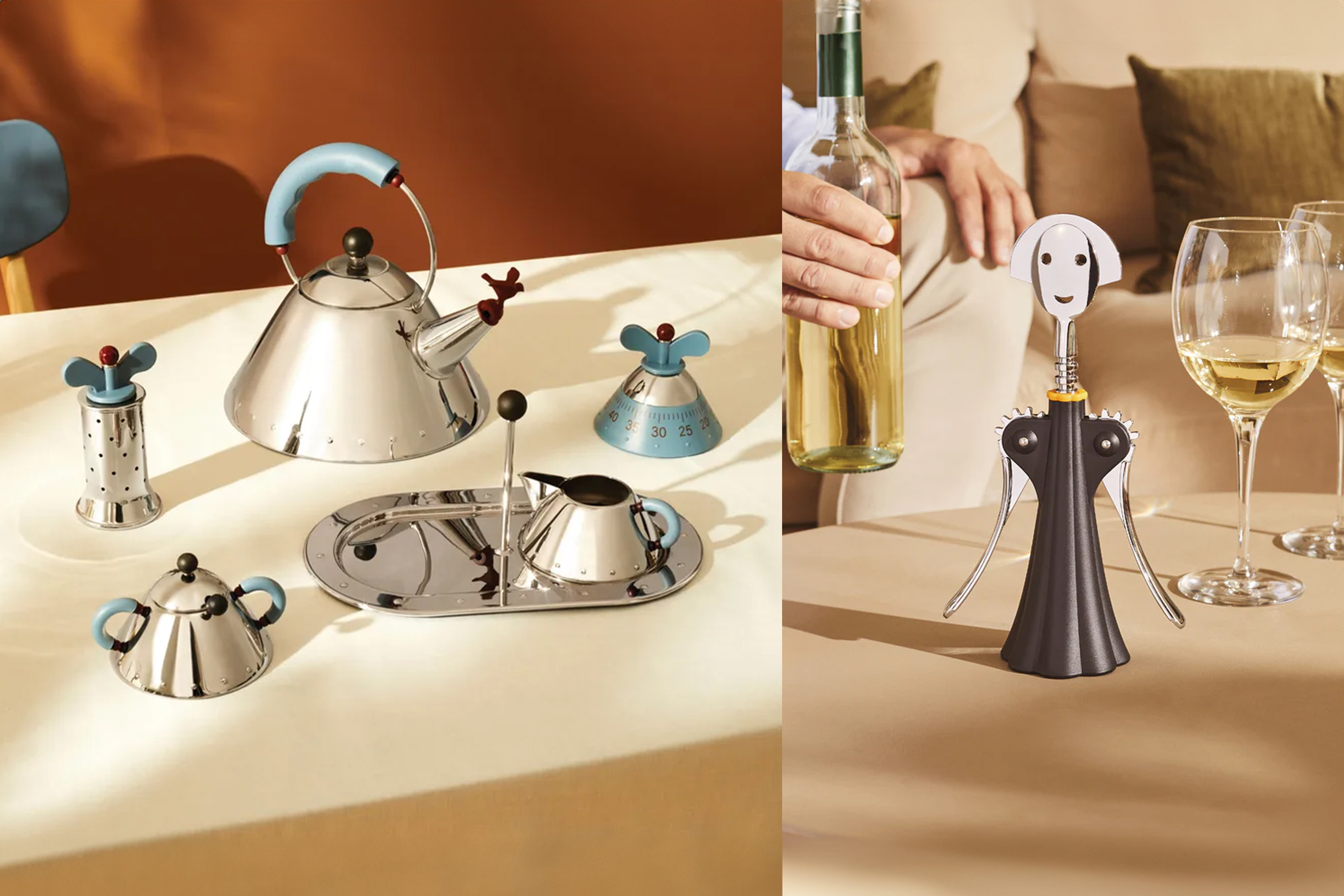
Laughing with us since 1921
Case study: Alessi
When you encounter an Alessi product in someone’s home, one’s eye is drawn to a unique object often delivering a mundane task. Virtually every product they make, as a result of a long history of collaboration with architects and designers, is unique. There is no distinctive style, rather a procession of many. The company is like a publishing house creating an almost timeless classic back catalogue of homewares which are cherished by many. Each product has a story which has inspired the designer. They challenge the Alessi factory to deliver their whimsicality. Philippe Starck described Alessi as “a merchant of happiness” and the improbability of his infamous lemon squeezer says everything. Across the company’s long history Alessi, known as the “Dream Factory”, has delivered these everyday products offering incredible delight to the user. Who would have thought that humble corkscrews and bottle openers can be imbued with playful qualities? These serendipitous design values are captured so beautifully, flipping design discipline on its head where form precedes function, yet still works. They bring a little domestic poetry to an everyday life where one wants to enjoy more than simply making coffee or boiling water. Alessi has gone on laughing with us in our homes since 1921.
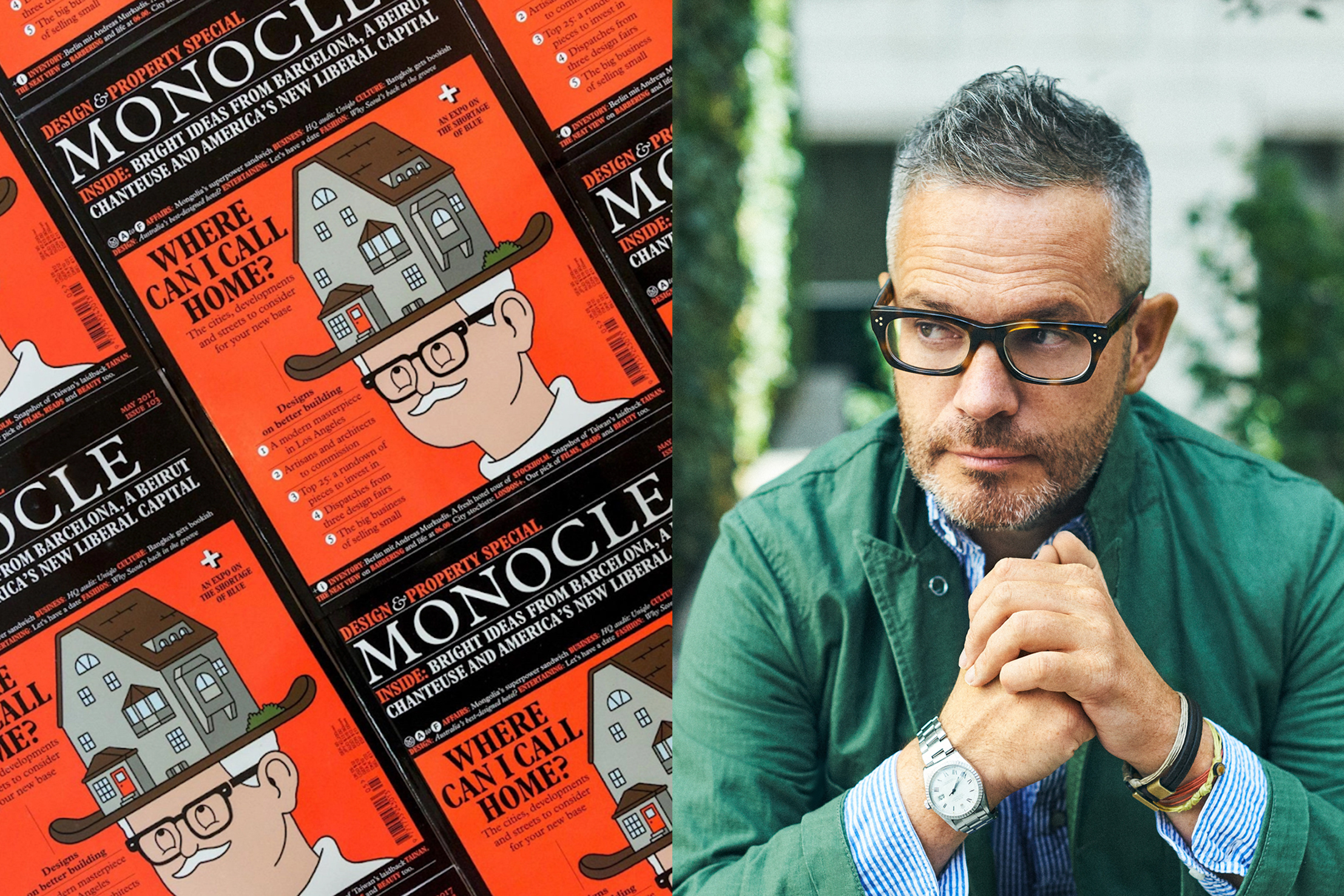
Monocle, a symbol of discernment
Case study: Monocle magazine
Published ten times a year, this remarkable magazine is a mirror to an enlightened world appealing to the curious. The single eyeglass itself was a social indicator in its time, providing an apt brand name for the discerning. Wearers defied tradition—and gravity—maintaining an air of elegance and scepticism, encouraging a closer examination of the facts. Its founder, the ultimate global polymath, brings Renaissance thinking to a messy world, introducing readers to delightful digressions of special interest. In another era, I can imagine today’s Mr Cool, Tyler Brûlé, wearing a monocle and reporting on all the quirks of the world. Despite the demise of publishing and the corner magazine shop, Monocle’s mirror thrives with its commentary of unexpected discoveries and surprising, serendipitous insights. You can find it in a better suburb at the checkout, even these days, where it’s elbowed even the Women’s Weekly out of the prime spot. Congratulations to this beacon of journalistic enlightenment, where women are written up and welcomed in a new way. Monocle invites the curious to step through the looking glass and see the world differently.
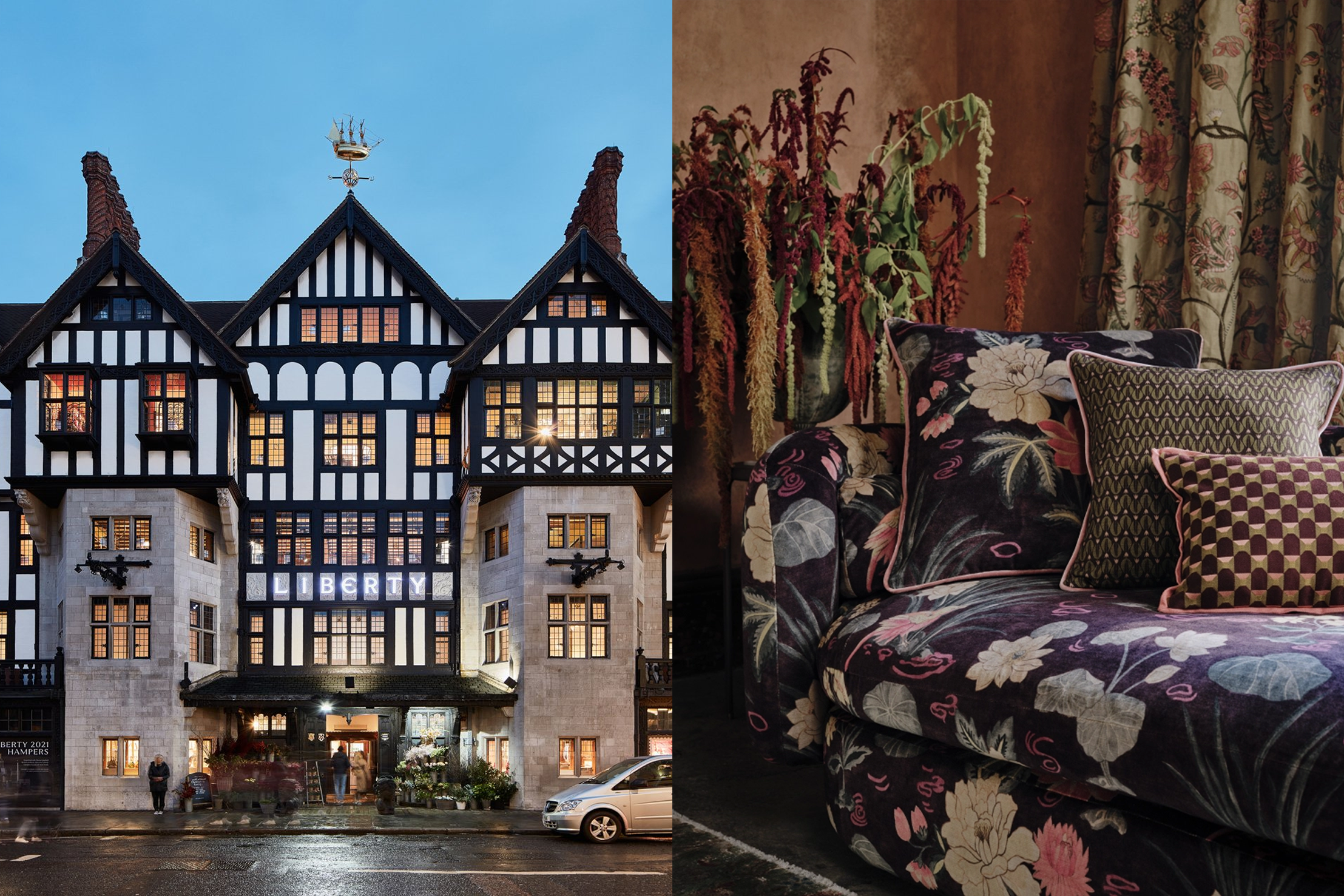
Style and story for libertarians.
Case study: Liberty
Many years ago, as a young accountant (and quite possibly a boring one) in London, I wanted to dress differently. So, I took myself off to Liberty and invested in a floral shirt and matching tie. I couldn’t quite discard the dark suit, given I was in the audit team and needed to present well, but I was looking for clothing which said something about my desire to no longer be an accountant, yet not let the show down. It began a long journey for me where today we specialise in advising people on distinctiveness and thank God it’s got nothing to do with accounting. The London store was founded in the Tudor traditions and arts and crafts movements of Britain at the turn of the last century. It’s an incredible retail experience full of delight for people wanting to say something different about themselves. As you wander through its tiny rooms with their little fireplaces and massive atriums you can smell the oak and even perhaps recall the history of the old battleship timber it was built from. What I love about this place is their total immersion in design and its internal studio team’s incessant search and curation for over 100 years of artistic expression. It’s an adventure in eclecticism which captured even Oscar Wilde, a snappy dresser who should, of course, have had an accountant, but like the store, he was a libertarian well ahead of his time.
A little mirth for this hesitant Earth can go a long way.
Great serendipitous brand builders are rare people who can find valuable, agreeable things not intentionally sought for to surprise and delight their customers with. How might you navigate your customers wants and needs to solve the known and unknown? Look for the seemingly disconnected things that connect with your brand. Every good novel should have the tension of opposites; your brand stories should too.
Brand survival requires an appetite to constantly change things. Building the capacity to deliver serendipitous moments whilst maintaining the clarity of purpose is one way to continually refresh your brand. Companies need to develop an internal culture with a peripheral vision that encourages creative teams to pursue smart, curious and flexible ideas.
In a growing sea of sameness, where the whole world is becoming a great blended smoothie, we’re well overdue for a little more tang.
By Brian Richards
8th October 2024
